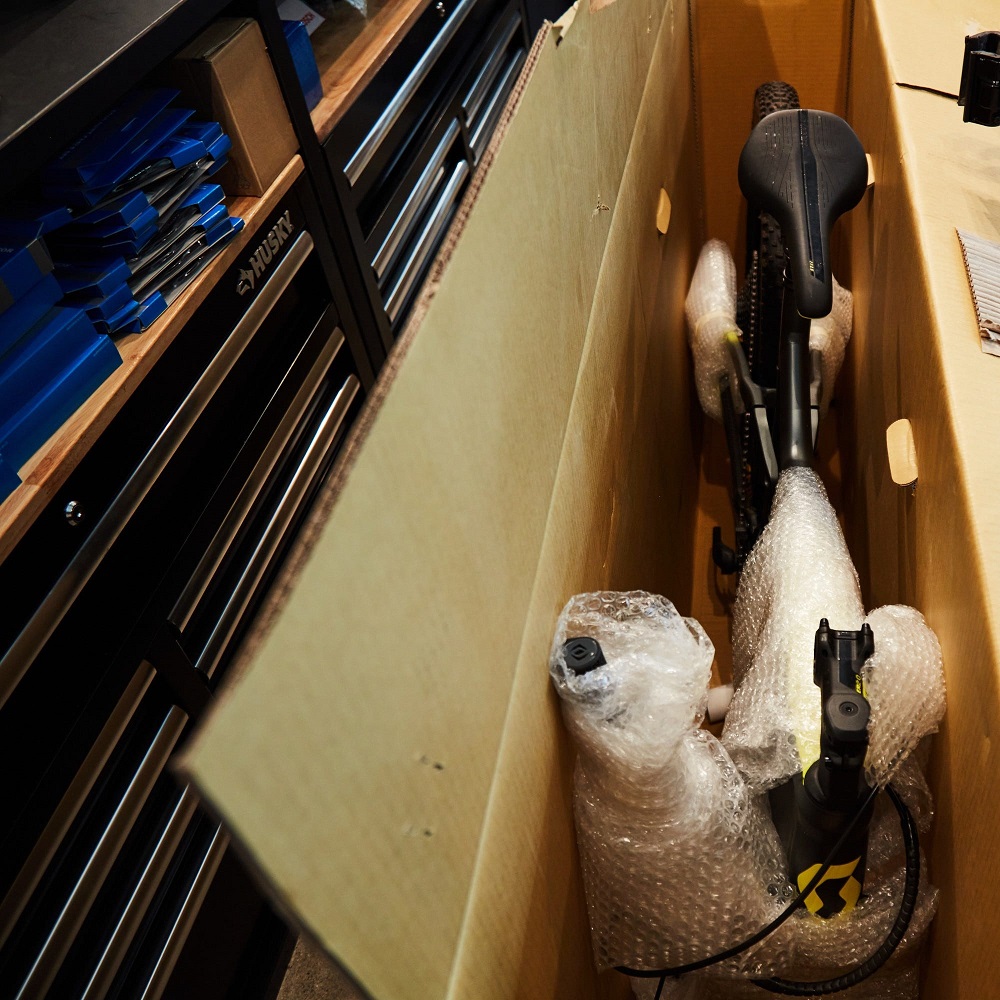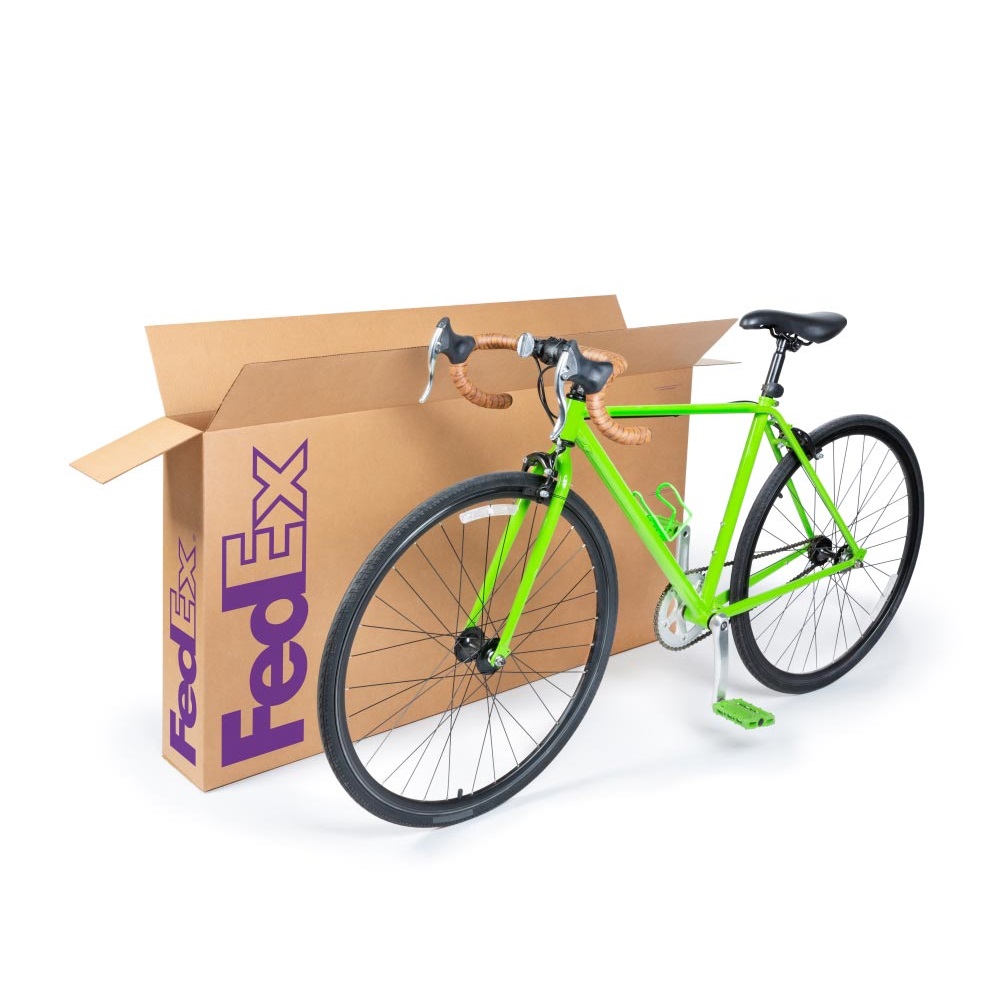Introduction
Shipping a bicycle can seem daunting, but with the right tools and knowledge, the task can become much easier. Whether you’re moving, selling a bike, or sending it as a gift, understanding how to package and ship your bicycle properly is crucial. This guide will provide you with all the necessary steps to ship a bicycle effectively and safely.
Why You Need to Ship a Bicycle
The Importance of Proper Shipping
Many cyclists find themselves in situations where shipping a bicycle becomes necessary. You might be relocating to a new city for work, wanting to send a bike to a friend, or purchasing a bicycle online. Regardless of the reason, the way you ship your bike plays a crucial role in its safety and condition upon arrival.
Improper packing can lead to dents, scratches, or even broken components. Fortunately, with some preparation and knowledge, you can minimize the risks associated with shipping a bicycle. The goal is to ensure that the bicycle arrives in the same condition as it was before shipping. Understanding the process can also save you time, money, and frustration.
Choosing the Right Shipping Method
When it comes to shipping a bicycle, you have several options. Your choice will depend on your budget, the distance, and the urgency of the shipment. Common methods include parcel services, freight shipping, and specialized bicycle shipping services.
Parcel services, like UPS or FedEx, are popular choices for shipping a bicycle because they offer tracking and insurance options. However, these services can become expensive, especially for larger bicycles. On the other hand, freight shipping is ideally suited for long distances and bulk shipments. While it may take longer, it is often more cost-effective for larger shipments.
Specialized bicycle shipping services, such as BikeFlights or ShipBikes, focus specifically on bicycles. These services typically offer more tailored packaging options and have expertise in handling bicycles. They can provide peace of mind, knowing that your bike is in good hands.
Preparing Your Bicycle for Shipping
Gathering Necessary Supplies
The first step in shipping a bicycle is to gather the necessary supplies. You will need a bicycle box or a bike-specific shipping container. If you don’t have one, many bike shops will provide a box for free if you ask nicely. Additionally, you’ll need packing materials such as bubble wrap, packing tape, and foam padding to protect specific parts of the bike.
Make sure to have tools handy as you prepare to disassemble your bike. A multi-tool or a set of Allen wrenches and screwdrivers will allow you to take apart the necessary components with ease. If you’re unsure which parts to disassemble, refer to the owner’s manual or look for online guides suited for your specific bicycle model.
Disassembling Your Bicycle
Once you have all the required supplies, it’s time to start disassembling your bicycle. Begin by removing the front wheel, pedals, and handlebars. This step is crucial because it reduces the size of the bicycle, ensuring it fits properly in the box. Remember to keep all the bolts, screws, and parts organized.
Next, remove the rear wheel and any accessories such as lights or a bike rack. It’s essential to pack smaller parts in a pouch or small box to avoid losing them. If you have a quick-release system, take that into account when removing the wheels. Make sure to follow the manufacturer’s instructions if you have any doubts.
Protecting Key Components
With the components disassembled, focus on protecting key parts. Use bubble wrap around the frame, fork, and wheels to cushion them against impacts during transit. Wrap the handlebars and saddle separately to avoid scratches. Use foam padding or cardboard to create barriers between delicate areas of the bike.
Always label the parts and components when packing them. This organization will help you during reassembly. Proper labeling can also serve as a reminder of what goes where, making the entire process smoother once your bike arrives at its destination.
Packaging Your Bicycle
Choosing the Right Box
Choosing the right box is essential when shipping a bicycle. A cardboard box is typically the best option. It is lightweight and offers ample protection. However, if you can find a bike-specific shipping box, this is even better since it is designed to withstand the rigors of shipping.
Make sure the box is sturdy and free of any damage. A box that is too large can allow the bike to move around inside, while too small a box can damage the bike’s components. If you can’t find a bike-specific box, consider using a standard large cardboard box and reinforcing it with tape.
Packing the Bicycle
Place the disassembled parts in the box systematically. Start with the largest components, such as the frame and wheels. Position the wheels on the bottom and secure them with packing materials. The frame should sit on top. Be sure not to place heavy items on top of delicate components.
Continue adding parts while ensuring that everything is snug. Use crumpled newspaper or bubble wrap to fill in spaces to avoid movement. If you’ve removed the pedals, place them in a separate pouch and tape that to the frame so they don’t get lost. Completing this step ensures there’s no jostling during transit.
Sealing and Labeling the Box
Once everything is packed securely, it’s time to seal up the box. Use packing tape to reinforce all seams. Make sure to cover the entire surface with tape so that no part of the box is exposed. This extra measure will help ensure the box remains intact during shipping.
Lastly, label the box clearly with both the sender’s and recipient’s addresses. If sending internationally, include any necessary customs declarations, especially if the bike is brand new. Make sure the label is securely attached and can withstand mild weather conditions, such as rain.
Choosing a Shipping Service
Researching Shipping Options
Now that your bicycle is packed, it’s time to choose a shipping service. Research different options to find one that fits your needs. Local courier services are often more flexible and can provide personalized options. National carriers such as FedEx, UPS, or DHL offer broader reach and tracking features.
Check reviews and compare prices. Some services may provide discounts for frequent users or allow for insurance options that cover any damage during transit. Be sure to ask about any limitations or restrictions, especially when shipping internationally.
Understanding Pricing Structures
Shipping costs can vary wildly depending on the weight, dimensions, and destination of your bicycle. Before you finalize your choice, calculate the estimated shipping expenses. Many shipping websites offer calculators that allow you to input parameters and get a rough idea of the costs involved.
Insurance is an important factor to consider. Some shipping companies offer insurance for an additional fee, which covers any damage or loss during transit. While it may seem like an extra expense, having insurance can alleviate a lot of worries, especially for expensive or beloved bicycles.
Tracking and Confirmation
After selecting a shipping service, find out how they handle tracking. Most reputable shipping companies provide tracking numbers, enabling you to monitor your bicycle during transit. This feature can give you peace of mind, allowing you to see exactly where your bike is and when it will arrive.
Be sure to keep a record of your receipt and tracking number. This information is vital in case you need to contact customer service regarding your shipment. If any problems arise, having this information on hand will expedite the resolution process.
Final Thoughts on Shipping a Bicycle
Reviewing the Process
Shipping a bicycle involves several steps, from preparing to pack and choose the right shipping service. If done properly, the process can be smooth and efficient. Review each step to ensure nothing is overlooked. Preparation is key, so double-check your work before sealing the box.
Shipping can be an excellent option for cyclists or those looking to send a bike to someone else. Following this guide, you can protect your investment and ensure it arrives intact at its destination. With patience and care, shipping your bike can be straightforward.
The Joy of Receiving Your Bicycle
Upon arrival at its destination, the joy of unboxing your bicycle is undoubtedly rewarding. Ensure that everything is in good condition as you unpack. Check the frame, wheels, and components for any signs of damage. If everything looks good, you can easily reassemble your bike and take it for a spin.
Whether you are receiving a bike or sending one, knowing how to ship it properly makes a significant difference. Enjoy your cycling experiences, knowing you have taken the necessary steps to ship your bike safely for the next adventure!





